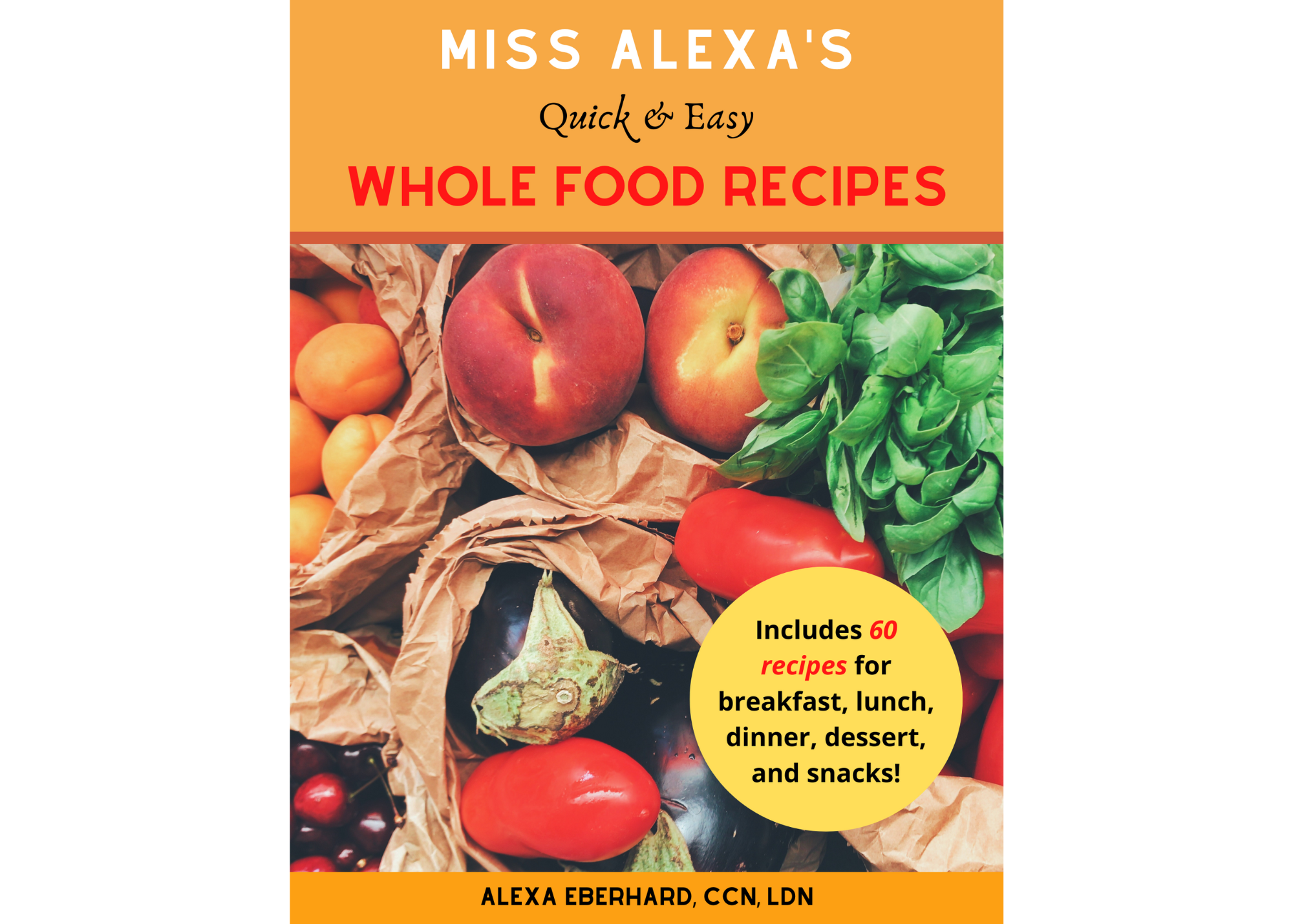Orange Chicken with Cauliflower Rice
/Orange chicken with cauliflower rice is a quick and pleasing recipe to make when you are craving Chinese food. This recipe is free of MSG, soy, processed vegetable oils, and gluten-based thickeners…all of which you would find in your typical restaurant-bought orange chicken. With the shelter in place due to the COVID-19 pandemic, we are all required to spend more time in the home and less time at social gatherings. This has given individuals all around the world the opportunity to spend more time cooking whole food recipes. Once you start cooking meals from scratch with simple and healthy ingredients, you start to realize all of the unnecessary and unhealthy ingredients that ready-made and convenient packaged meals contain. This is very eye opening and makes you pause for a moment to review exactly what you have been feeding your body on a daily basis. I would say the most common feedback I receive from patients who switch to preparing the majority of their meals from scratch is the difference in taste and satiety.
Whole foods pack a punch of flavor, especially when you know the right ingredients to use for each recipe. My orange chicken is flavored with orange juice, ginger, and coconut aminos, all of which have health promoting properties and a delicious taste. Ginger is a natural anti-inflammatory and has been shown to lower cancer and cardiovascular disease risk. In addition, ginger is wonderful for soothing an upset stomach and also helps with blood sugar regulation. Coconut aminos is the fermented sap from the coconut palm tree and is the perfect substitute for soy sauce, since 90% of soy in the United States is genetically modified. And the best part of this recipe? The rice is made exclusively from cauliflower, which you can purchase now at stores (in the fresh and frozen vegetable sections). We have transformed a heavily processed staple Chinese meal into a light and health promoting dish that will give you every reason to pat yourself on the back for making healthier choices.
Ingredients:
Orange Chicken:
1 lb. boneless, skinless chicken breasts, chopped into bite-sized pieces
2 tsp coconut oil
Sea salt and black pepper to taste
Cauliflower Rice:
3 cups of riced cauliflower
2 tsp coconut oil
1/4 cup onion, chopped
1/2 cup green peas (fresh or frozen)
2 tsp coconut aminos
Sea salt and black pepper to taste
Sauce:
1 cup water
1/2 cup fresh orange juice
1 Tbsp honey
3 Tbsp coconut aminos
1/2 tsp ground ginger
2 Tbsp arrowroot or tapioca starch
Garnishing Options:
Toasted sesame seeds
Green onion (chopped)
Instructions
1) Rinse chicken breasts and pat dry. Cut into bite-sized pieces and season with sea salt and black pepper. Set aside.
2) Place all of the sauce ingredients in a medium saucepan over medium heat. Bring to a boil and allow sauce to thicken. Once the consistency is to your liking, remove from heat and set aside.
3) Add the coconut oil to a skillet over medium heat and allow to melt. Cook chicken pieces for 5-7 minutes until browned. Remove any excess fat from pan, then add half of the sauce to the skillet. Mix well with chicken until warmed throughout. Remove from heat.
4) Prepare cauliflower rice by heating your skillet over medium-high heat. Add 2 tsp of coconut oil and allow it to melt. Add the onion and cook for about 2-3 minutes. Now add peas and cook for 2-3 additional minutes. Now add the riced cauliflower and coconut aminos and cook for 5-7 minutes. Remove from heat and serve with orange chicken. Pour your remaining sauce over cauliflower rice. Garnish with toasted sesame seeds and green onion.









